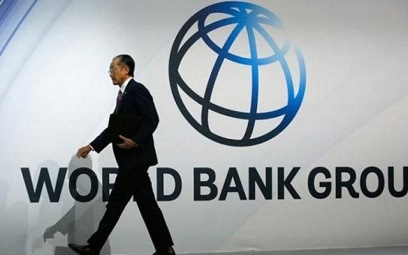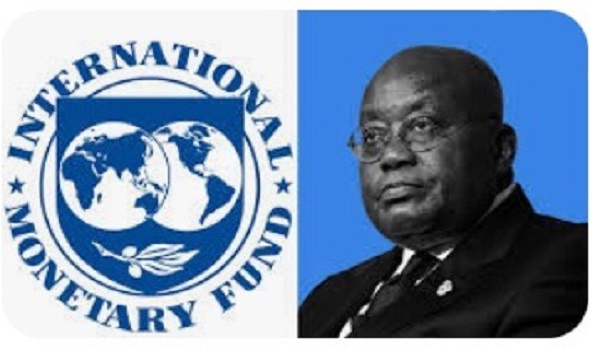Smart Remittance Strategies for Africans in the USA

For many Africans living in the USA, the decision to move abroad is often intertwined with a deep-seated commitment to supporting family members back home. This financial lifeline, commonly known as remittances, represents more than just money; it’s a profound expression of love, duty, and shared aspiration. However, navigating the complexities of sending money across continents while simultaneously building a secure financial future in the United States presents a unique set of challenges and opportunities. Mastering smart remittance strategies is not just about choosing the cheapest transfer service; it’s about holistic financial planning that balances immediate family needs with long-term personal wealth accumulation.
The sheer volume of remittances from the African diaspora in the USA is staggering. These funds contribute significantly to the economies of many African nations, funding education, healthcare, small businesses, and daily living expenses for countless families. For the senders, however, each transfer represents a careful calculation. The primary objective is often to maximize the amount received by their loved ones, minimizing the impact of fees and unfavorable exchange rates. Yet, this focus, while commendable, can sometimes inadvertently jeopardize the sender’s own financial stability in the long run.
One of the most critical aspects of smart remittance is understanding the true cost of transfers. This goes beyond the stated service fee. Hidden costs, particularly unfavorable exchange rates, can significantly erode the value of the money sent. Traditional banks, while secure, often have higher fees and less competitive exchange rates compared to specialized money transfer services. Platforms like Western Union and MoneyGram have long been popular, offering widespread reach. However, a new generation of digital remittance apps and online platforms, such as Remitly, WorldRemit, and Xoom (a PayPal service), have emerged, often boasting lower fees, better exchange rates, and faster transfer times. Some, like Afriex, specifically cater to the African diaspora, potentially offering even more tailored services.
When choosing a service, it’s crucial to compare not just the fees, but the total amount the recipient will receive. Many services offer a “send amount, receive amount” calculator, allowing for direct comparison. Looking out for promotional rates, especially for first-time transfers, can also offer significant savings. Furthermore, understanding the various payout options available to the recipient – cash pickup, bank deposit, or mobile money – is important, as availability and convenience vary by country and service provider. Mobile money, for instance, has revolutionized financial inclusion in many parts of Africa, offering a secure and immediate way for recipients to access funds even without a traditional bank account.
Beyond the mechanics of the transfer, the broader challenge lies in integrating remittances into a comprehensive personal financial plan. Many African immigrants feel a strong sense of responsibility to provide substantial and regular support, often prioritizing this over their own savings, investments, or debt repayment. This can lead to a precarious financial situation where the sender is always playing catch-up, unable to build an emergency fund, contribute sufficiently to retirement accounts, or invest in their own future in the US.
A key strategy here is to budget for remittances as a fixed expense. Just like rent or utility bills, allocate a specific, manageable amount for family support each month or quarter. This helps prevent overspending and ensures that other critical financial goals are not neglected. Open and honest communication with family members back home about the sustainable level of support is also vital, though often challenging due to cultural expectations and perceived economic disparities. Educating family members on financial literacy and encouraging self-reliance where possible can also be a long-term goal.
Furthermore, exploring alternative or more sustainable ways to support family can be beneficial. Instead of constant small transfers, consider larger, less frequent transfers for specific, impactful purposes like investing in a small business for a family member, funding a child’s education for an entire semester, or contributing to a significant home improvement project. This shifts the dynamic from continuous reliance to empowering self-sufficiency and asset building. Some might even explore group savings or investment schemes within their diaspora community to collectively fund larger projects back home, leveraging collective power.
Finally, leveraging financial tools in the US to optimize remittance outflows is often overlooked. For instance, building a strong credit score in the US can eventually open doors to lower interest rates on loans, which in turn frees up more disposable income that could be directed towards remittances or personal savings. Contributing to tax-advantaged retirement accounts (like 401(k)s or IRAs) not only builds personal wealth but can also offer tax deductions, effectively increasing net income available for other purposes, including remittances.
In conclusion, for Africans in the USA, remittances are an integral part of their financial life. By strategically choosing transfer methods, budgeting effectively, fostering open communication with family, and leveraging US financial tools, they can navigate this complex responsibility with greater confidence. The goal is to build bridges of financial support to their loved ones while simultaneously constructing a robust and prosperous financial future for themselves in their adopted home. It’s a delicate balance, but one that, with careful planning and smart execution, can lead to financial success on both continents.
Source: Thepressradio.com





